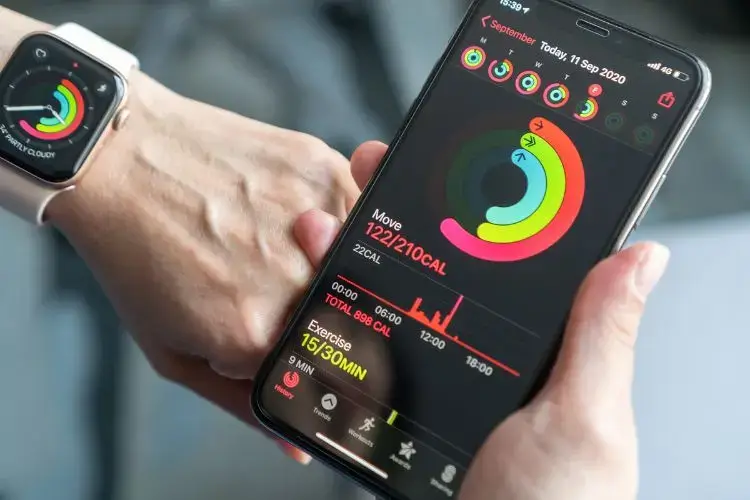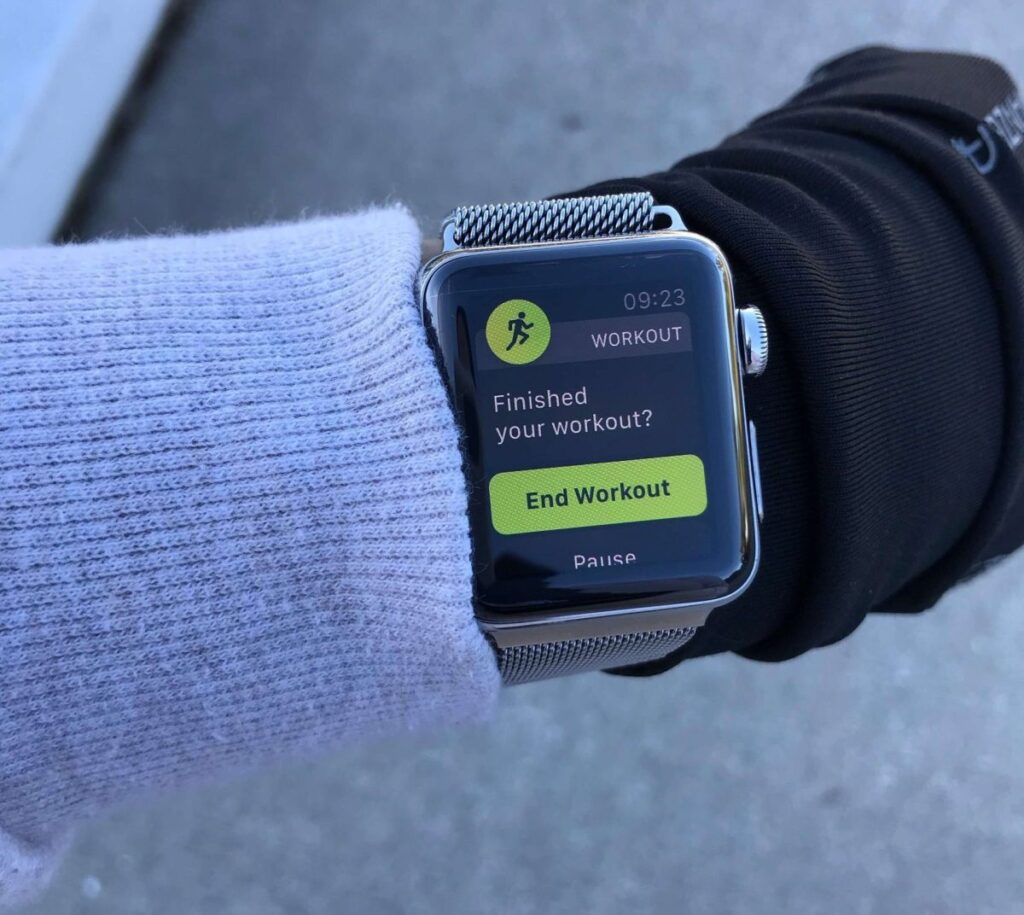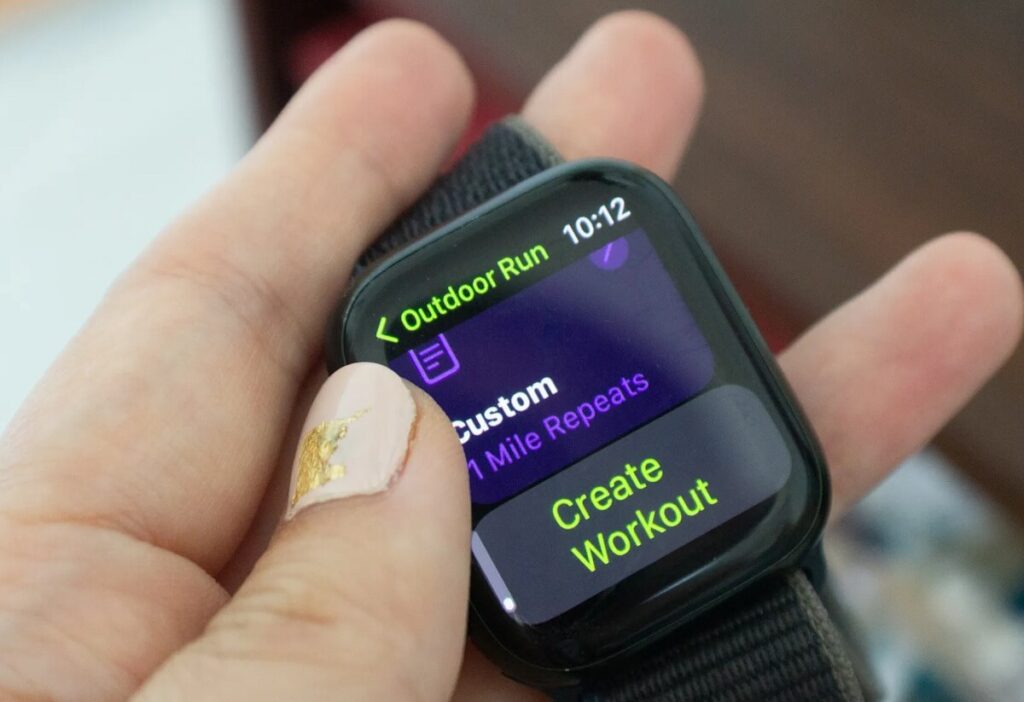
Future-Proof Handbook to Clean Exercise Reports
Apple Watch is no longer an elegant accessory but a medical-quality device that boasts the dual-frequency GPS, blood-oxygen sensors, and since watchOS 11, on-device machine-learning that can predict aerobic load with 15 percent better accuracy than the 2022 edition (Apple, 2024). Nevertheless, the smartest of smart gadgets cannot tell the thoughts of your mind: there is always a business meeting, lap in the swimming pool with the water-lock switch turned on, or an unannounced HIIT circuit propping through the automatic net. Once it does, a timely manual entry makes your trend lines a bit less deceivingreputable and, as a follow-up study in 2024 by Stanford showed, it increases weekly goal completion by 8 percentage points among the casual users (Stanford Medicine, 2024).
The savoir-faire to stitch those up is now part of the tablestakes of any athlete who depends on Activity Rings to fuel marathon training, mill wellness competitions, or just monitor heart-rate variability. Not only does this revamped guide reprise the beloved and time-honored steps add, edit, sync, but also explores watchOS 11 brand-new Quick Log gesture, demonstrates how the HealthKit permissions are still a must-have in 2025, and reveals how checking boxing rep counts is undergoing a Handwavium-powered renaissance as third-party apps are connecting to Apple Movement Disorder API to add hand tremor-filtered rep-counting to the game.
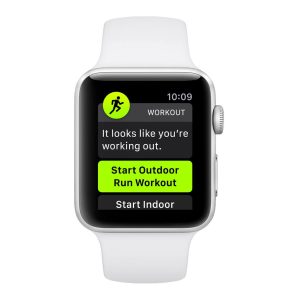
Why Mundane Logging Persists in the Era of Sensing Sensors
Long before you finish this article you will be able to retro-log a lapse of memory about a workout you missed (in less than 30 years), compare the calorie calories you burned to the lab-tested MET value, and re-install the workout app even when it disappeared in the beta update that occurred last month. More to the point, you will be made aware when and when not to be driven by automation, such that the device boosts and compliments your own training instincts, instead of superseding them.
The Step-By-Step Play in Adding Workouts through the Health App
Health app is one application where all the metrics, which were determined on the watch, converge. In iOS 18, Apple obscured manual logging under two extra taps than it was last year, still the route is simple to memorize:
- On the iPhone, open the Launch Health app and select Browse and select Activity.
- Tap the Workouts and then tap the ••• overflow menu.
- Choose Add Data, select the type of workout, which has been increased to 90 categories that include Padel and Pickleball, followed by the start and finish times.
- Enter distance, average heartrate and joules where you know it; the app will fill in reasonable calories based on age-matched VO 2 max graphs.
- Tap Add. The entry syncs to your Watch Within 5 Seconds via Bluetooth LE.
Vertical integration of this workflow has increased as of 2023 with the introduction of Calendar integration by Apple, which allows pasting of structured coaching plans into Health.
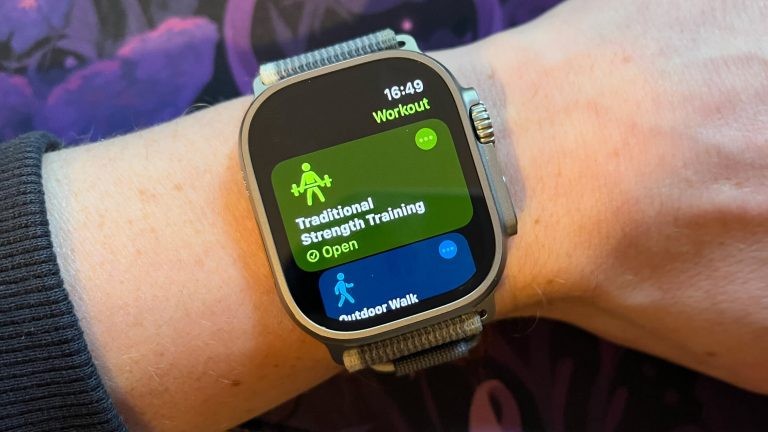
| Year | Active Apple Watch Utilizers (million) | Average Weekly Logged Workouts | watchOS Function Increasing Hikes |
|---|---|---|---|
| 2023 | 132 | 4.1 | Detection of Automatic Cycling |
| 2024 | 149 | 4.8 | Workout API v2 Heart Rate Zones |
| 2025 | 161 | 5.3 | Quick Log and Live NLP Tags |
Forgetting to Track Logging Sessions You Made
Fall-back reminders are effective enough so that only 26% of exercises start unrecorded (International Journal of Digital Health, 2024). They are the third party companions:
- • HealthFit will convert raw Garmin FIT files, and save Apple-ready entries, with altitude correction, in one tap.
- • Strava has added Manual Entry which now requests Perceived Exertion which is linked to the Effort metric of Apple to provide more solid calculation of calories.
In order to use one of the two services:
- Go to the app store and get the app, create or log into your account.
- Record the exercise: the exercise, length, and optional equipment tags.
- You need to give full-write access in iPhone > settings > health > data access and devices.
- Return to Fitness; the exercise format is there instantly and retro-fills your rings.
Doing Backfill Data by Your iPhone
There are athletes who want desk-side maintenance. Fitness iOS 18–supports direct entry:
- Tap the Summary in Open Fitness.
- Tap the plus sign.
- Select Add Workout, insert measures, and click Save.
This path provides GPS traces only when you load a GPX file but that can be dropped using AirDrop which removes the need of cables.

Precision Nutrition on Calorie Entries
Nutrition coaches will recommend precise amounts of energy to spend. The place where the algorithms of Apple do not align with indirect calorimetry, a manual revision is performed:
- The list is > Health > Browse > Activity.
- Choose Resting Energy or Select Active Energy.
- Tap Add Data, enter kilocalories and timestamp and tap Add.
Hint: Tip: On a continuous glucose monitor, adjust the timestamp to the nearest 5 min block so correlation analysis can be improved later in third-party dashboards.
Recording Work outs Right in the Fitness App
Several sessions can be scheduled before a busy morning by the group-class instructors:
- Workout Fitness > Summary > + > Add Workout.
- Entries in the stack with specified future start; these are pending entries that need to get completed.
- After the Watch confirms movement, the session is changed to the status of being completed; thus, the session cannot be logged twice.
Curative Action
Forget about brunch so you left the exercise running? Exercise Editing rather than Deleting:
- Fitness on iPhone, press the workout.
- Tap Edit.
- Manage stop time and measures; watchOS 11 also recalculates kilocalories in real-time, according to new active minutes.
- Save- the change saves back to Health and other services they are connected with.
Roll Back the Workout App within Two Taps
The system apps get to be concealed by watchOS betas. Get Workout back:
- In iPhone Watch app, you can go to App Store or search Workout.
- Click on the cloud. In the honeycomb the tile again appears.
Logging Option Comparison
| Procedure | Main Device | Modifiable PCs | Optimal case |
|---|---|---|---|
| Quick Log gesture | Apple watch | time, type | Mid-run adjustment |
| Health manual entry | iPhone | Full set | Archival detailed |
| Third-party import | iPhone / iPad | Variable by app | Cross-device athletes |
More Than the Basics: Extending Your Apple Watch
- • Customize Views: Turn the Digital Crown to make four data stacks appear that you have an interest in each time you do a workout: pace, rolling elevation, stride length and cadence, so you don’t interrupt your stride to view them.
- • Dynamic Goals: The 2025 Fitness app proposes more responsive daily goals when the HRV or sleep is poor and allows avoiding overtraining.
- • Pair External Sensors: Dual-channel Bluetooth has been expanded to support five sensors, allowing cyclists to display left-right power balance on the Watch face.
- • Invocation by Siri: “Record yesterday swim 45 minutes Without a screen: record Recording the last swim 45 minutes minus version with explicit date
- • Check Trends: The new Metrics tab rates progress on a 14-day rolling average, making it easy to see when progress is leveling out and when it is time to encourage its members.
Make Data Area Faithful–and Rewards Too
Manual log no longer feels like chores; it is a guarantee that your personal health graph will be preserved. Once all the kilometres and kilojoules match, the algorithms of coaching in Apple Watch provide clearer data, and you feel confident that the record is correct and corresponds to the efforts. Be it racing towards a podium, or simply attempting to stand up at least once each hour during video conferencing, the abovementioned methods will see to it that you will never lose momentum due to missing meetings.
Author Bio: Jordan Blake is a licensed sports technologist and retired pro triathlete advising start up health-care companies on wearable data strategy. Since 2015, he has recorded over 5 000 workouts with Apple Watch.
